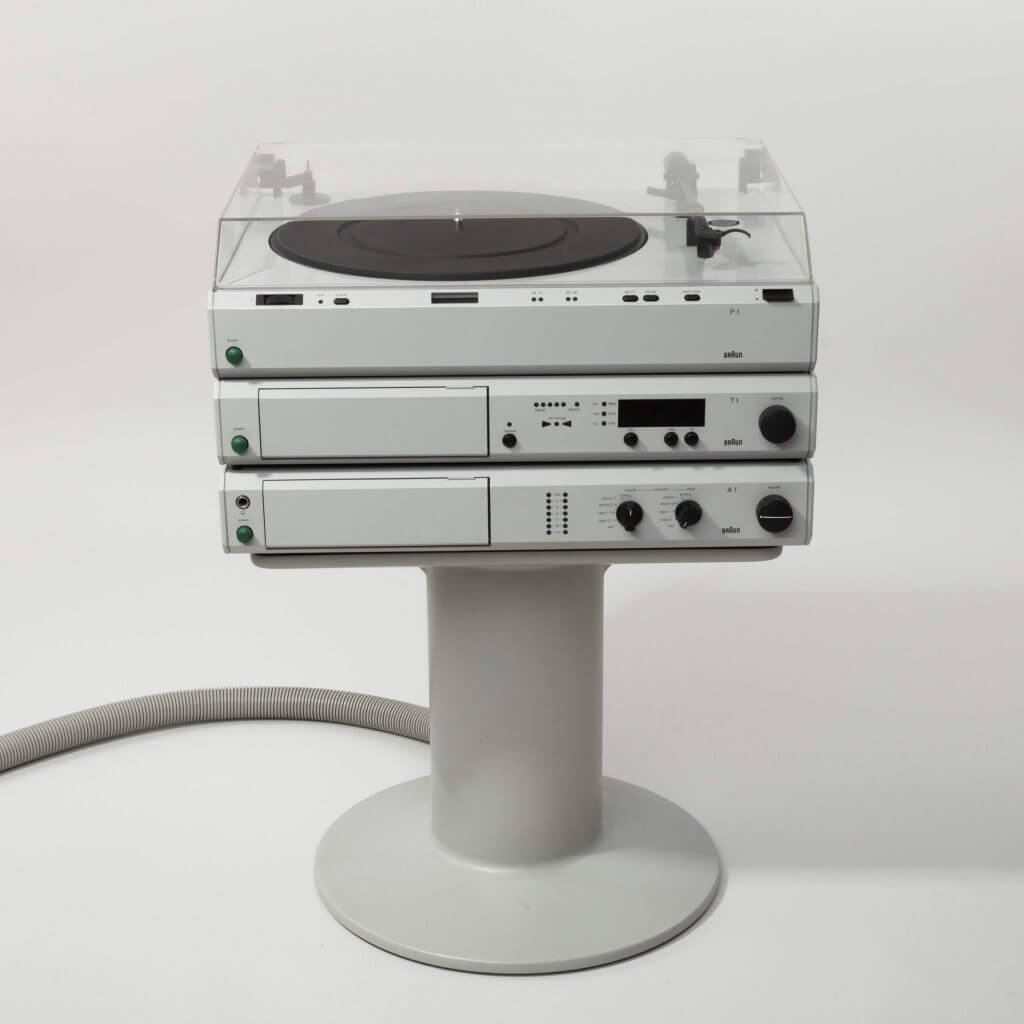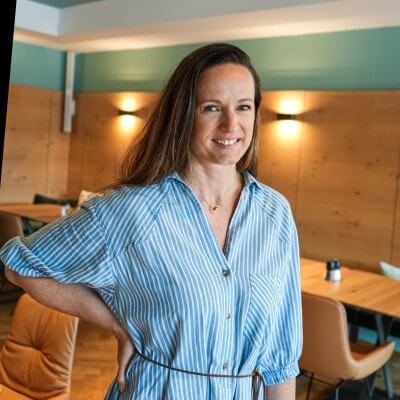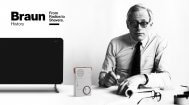Happy Birthday, Dieter Rams.
Story of a lifetime.
Design veteran Dieter Rams turns 90 this May 20, and we are taking a look at his highly influential, decades-spanning career. A child of World War II, Rams was born in Wiesbaden, Germany, in 1932 and exposed to carpentry at a very young age through his grandfather.
His affinity for the craft initially evoked an interest in pursuing a career in architecture, but after being made aware of a vacancy at Braun by a friend, he applied for the job. Rams joined Braun in 1955 during a period of modernisation at the company and by 1961 had made it to Head of Design, a position he maintained for 34 more years, creating some of the most defining devices and appliances of the 20th century with his team.
At the same time, he designed furniture for Vitsœ & Zapf (later Vitsœ), where the objects are still in exclusive production today.
Between Vitsœ and Braun.
In his first year at Braun, Rams (then in his early twenties) drafted a proposal for the redo of the company interior. Very modern, very reduced and very much in line with the design principles he would later share with the world, the sketch featured the first render of his now-famous shelving system in the far back.
Rams’ 1959 request to take on work for Vitsœ in addition to his duties at Braun was approved immediately and deemed mutually beneficial even. After all, products that carried the Dieter Rams signature were unmistakeable at this point in time. The subsequent year saw the relesase of the reputed 606 wall-mounted shelving system at Vitsœ.
Four decades with Braun.
Everybody, even those unfamiliar with the Dieter Rams name, have almost certainly interacted with one of his creations in some form or other. Whether that’s a clock, cigarette lighter, radio or simply the idea of what makes good design is anyone’s guess, but a general awareness of his work can be assumed because countless modern creators continue to cite Rams among their biggst inspirations.
“What Dieter Rams and his team at Braun did was to produce hundreds of wonderfully conceived and designed objects: products that were beautifully made in high volumes and that were broadly accessible. He defined how it was supposed to be: how industries could responsibly bring useful, well-considered products to many. In so many ways, Dieter Rams’ work is beyond improvement.”
– Jonathan Ive (former Chief Design Officer at Apple)
Rams was a very prolific designer who created hundreds of products for Braun. From juicers and coffee makers in the kitchen appliance category all the way to revolutionary radios and calculators in the electronic segment, Rams had a way of aestheticising the essentials of any project he had in front of him.
Then, in the 1970s, against a backdrop of ‘impenetrable confusion of forms, colours and noises’, Dieter Rams asked himself an important question: “Is my design good design?” His answer is expressed in his ten principles for good design.
Good design
- is innovative.
- makes a product useful.
- is aesthetic.
- makes a product understandable.
- is unobtrusive.
- is honest.
- is long-lasting.
- is thorough down to the last detail.
- is environmentally friendly.
- is as little design as possible.
Less but better.
The Dieter Rams design approach is often copied but never quite as impressively implemented as the original. Between world firsts such as the T1000 all-wave receiver, the TP1 mobile music player or the LE 1 electrostatic speaker, picking the most pathbreaking Dieter Rams audio objects is by no means easily done, but we would certainly list the following three among them.
SK 4 – Schneewittchensarg.
The first music system with plexiglass cover is known under the German moniker ‘Schneewittchensarg’, which translates to ‘Snow White’s Coffin’. By celebrating the functional componentry with a clear display, the SK 4 was set apart from predecessors and competitors alike and set the standard for all record players that followed. The considered approach to control, aesthetics and materials heralded the beginning of the domestic music system.
Wandanlage [L 450/2, TS 45 and TG 60].
The first wall-mounted integrated sound system often referred to as ‘Wandanlage’ [Wall Unit] provided users with ultimate flexibility in sound system design.
Enabled by consistent dimensioning, multiple pieces of Braun audio equipment could be mounted on the Vitsœ shelving system in varying arrangements and connected with considered cable management.
Atelier stackable Hi-Fi system.
As the first stackable Hi-Fi system, Atelier (now proudly exhibited at the Museum of Modern Art in New York City) offered a wide range of components for home entertainment, all remote-operated and able to communicate with one another over the 10-year period of production.
With angled edges, the components appeared slim and unobtrusive and could be stacked vertically or horizontally to suit any domestic environment.
Rams: A documentary.
Years ago, filmmaker Gary Hustwit set out to develop a documentary on Dieter Rams and was granted unprecedented access to create the first feature-length documentary about his life, work and ideas. Hustwit’s insightful portrait explores design, consumerism and sustainability in one-on-one conversations with the iconic designer himself.
Happy Birthday, Dieter Rams!
If you want to learn more about the 10 principles, we recommend exploring them through the reinvented LE series.
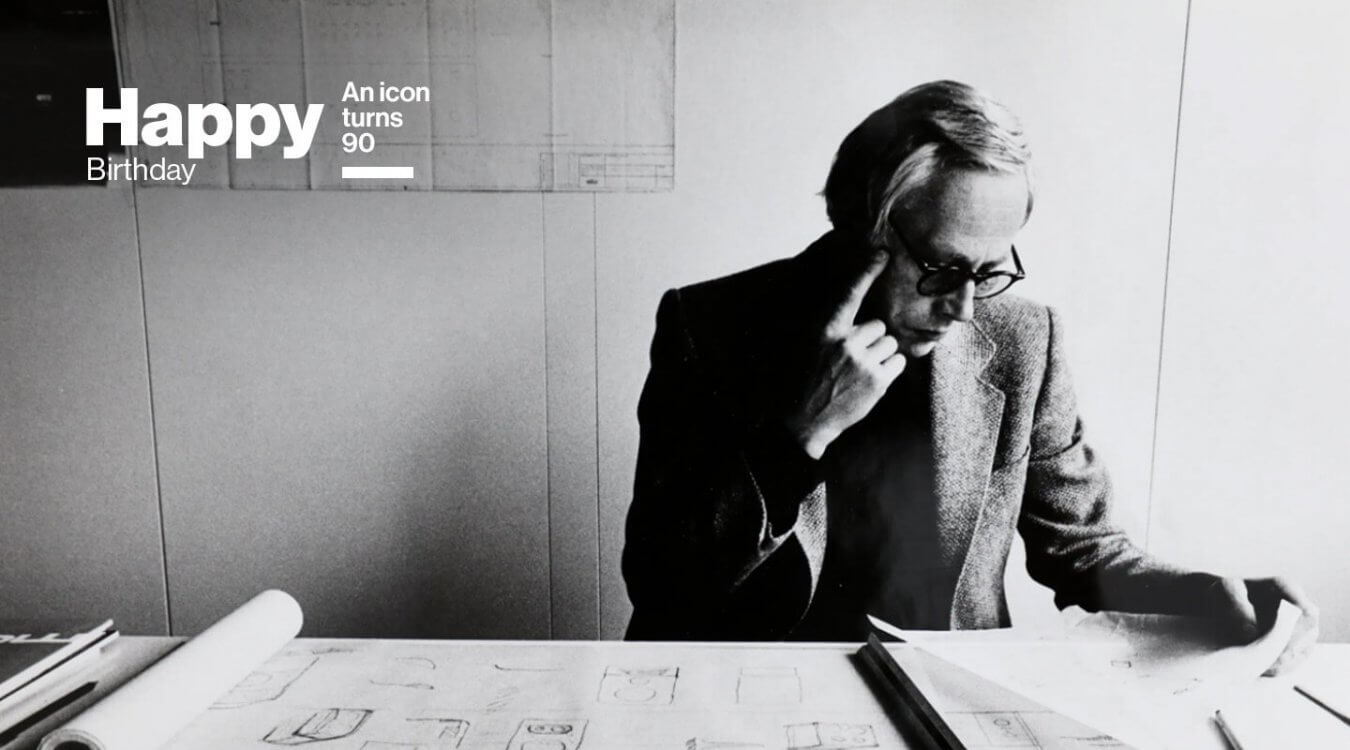
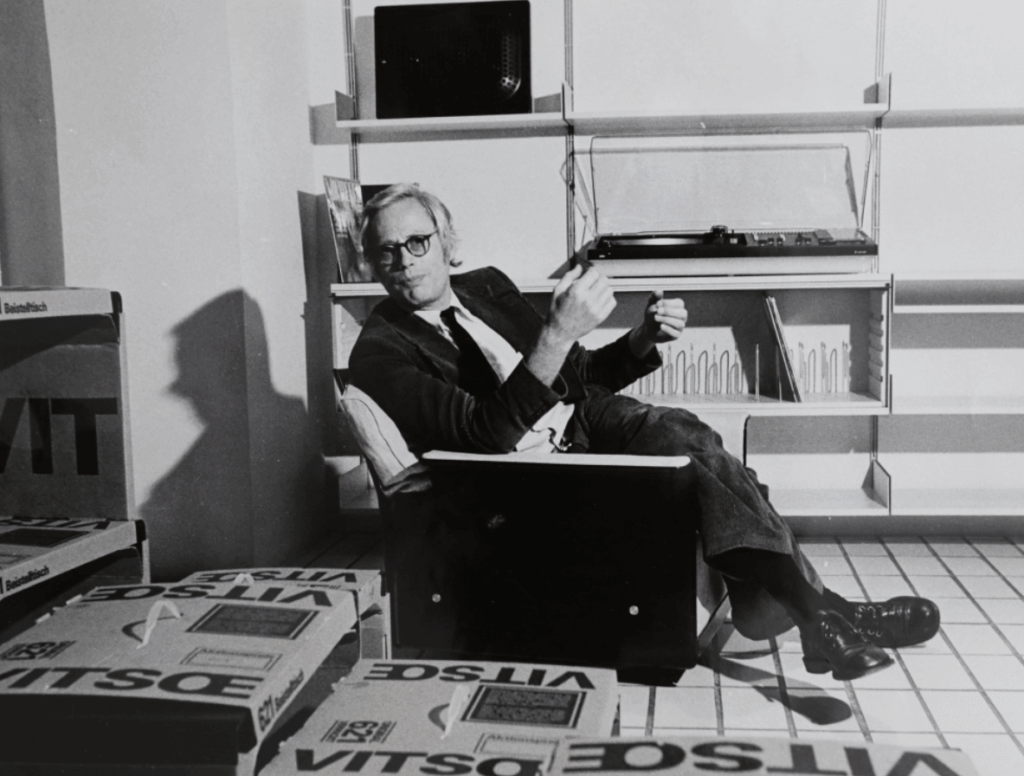
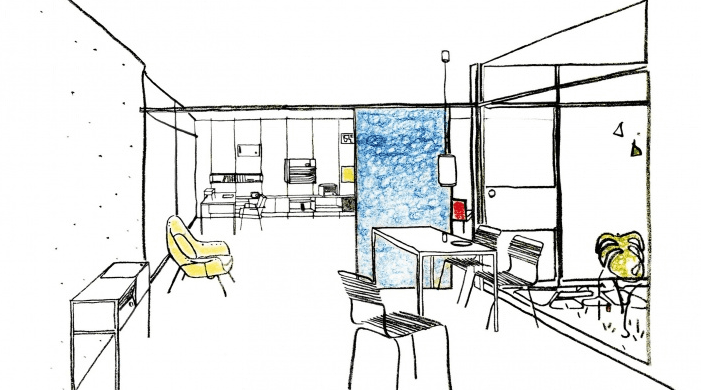

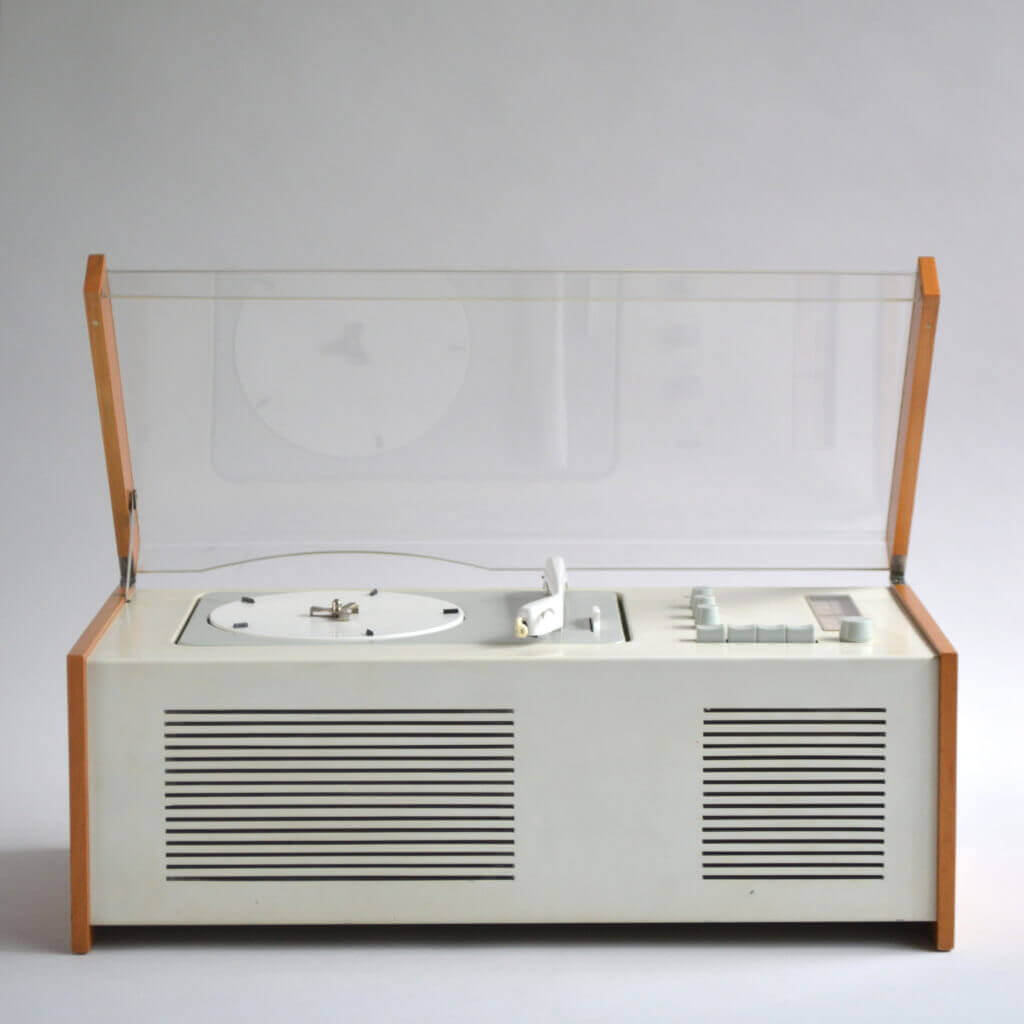
![Wandanlage [L 450/2, TS 45 and TG 60].](https://www.braun-audio.com/en-AT/stories/wp-content/uploads/2022/05/wandanlage-l-450-2-ts-45-tg-60.png)
